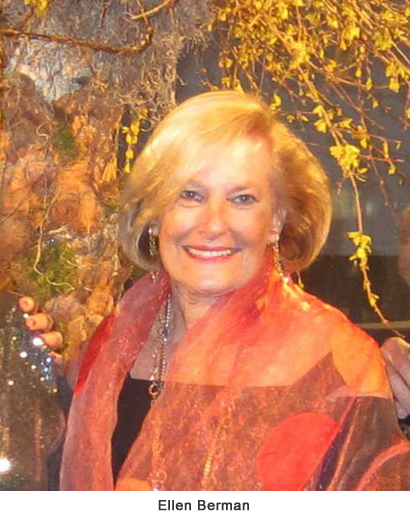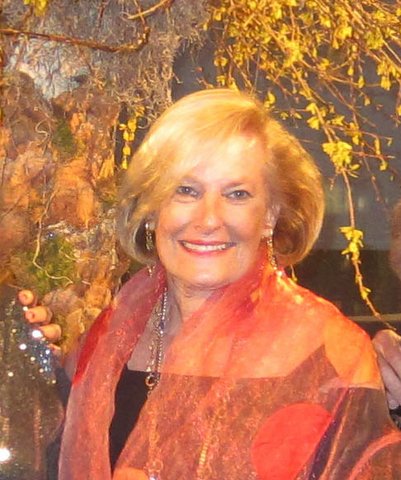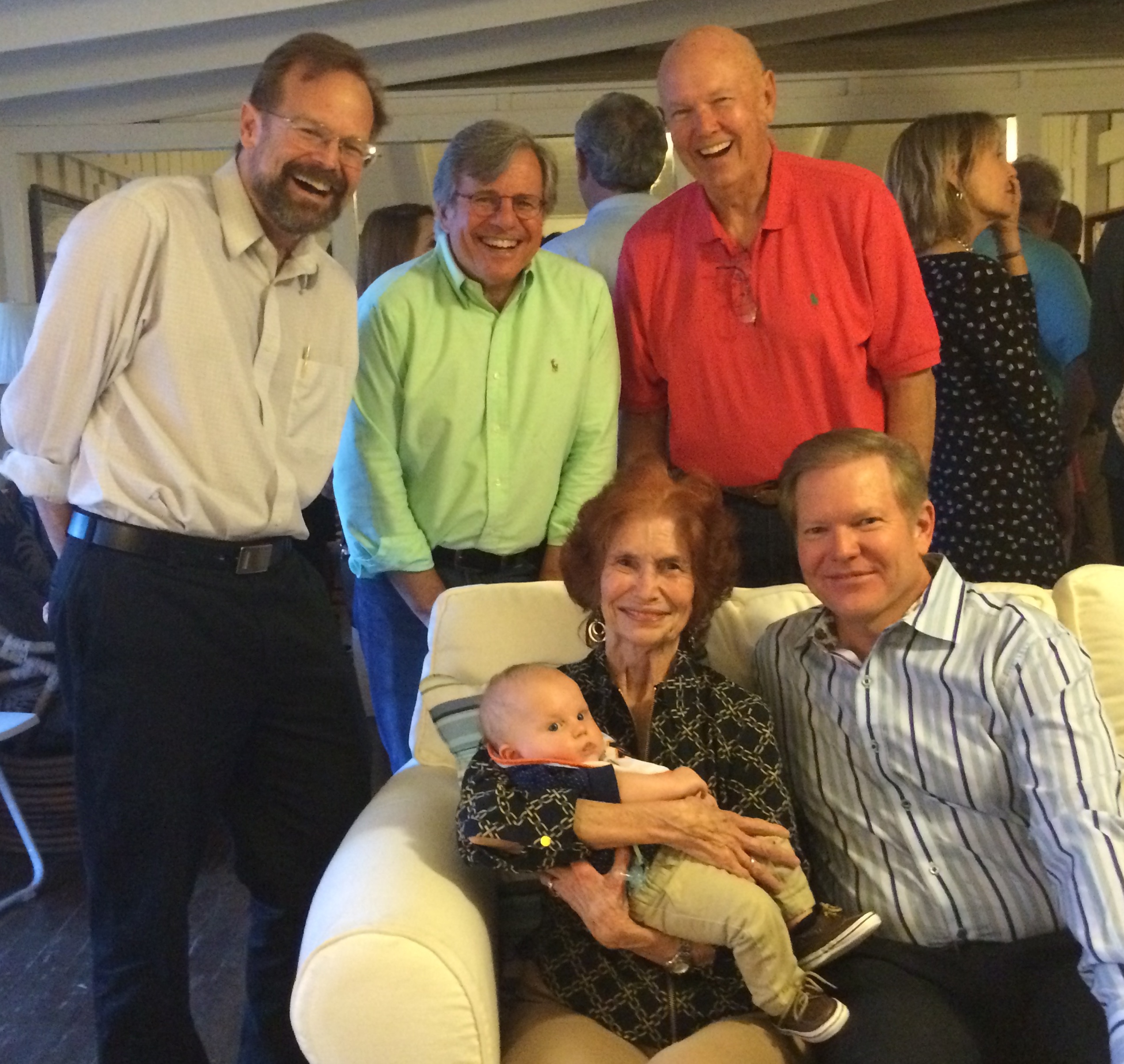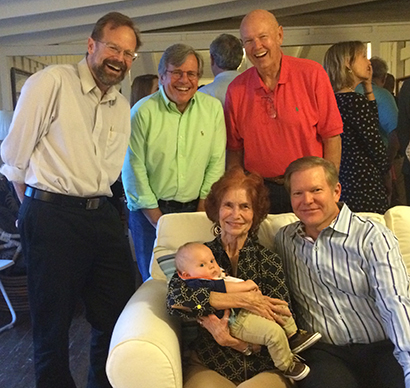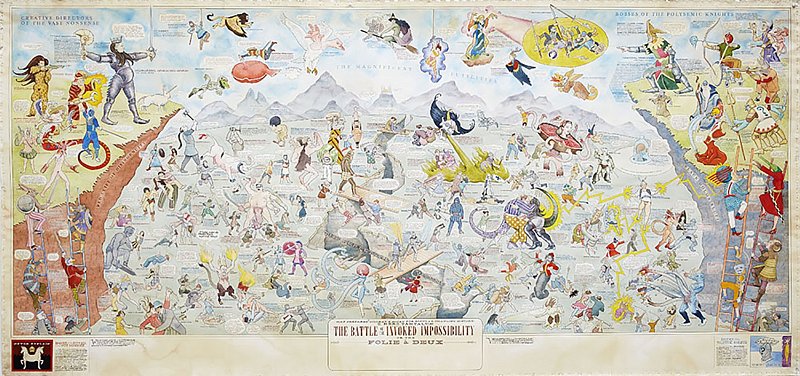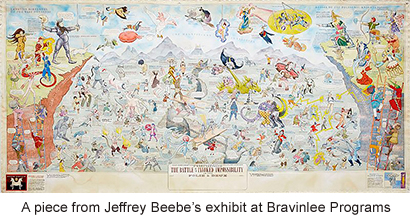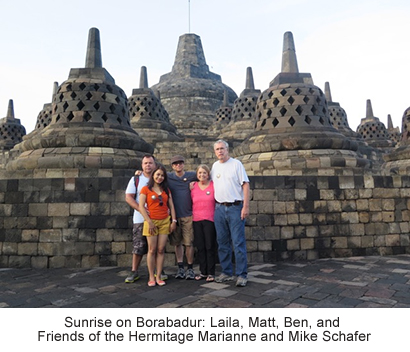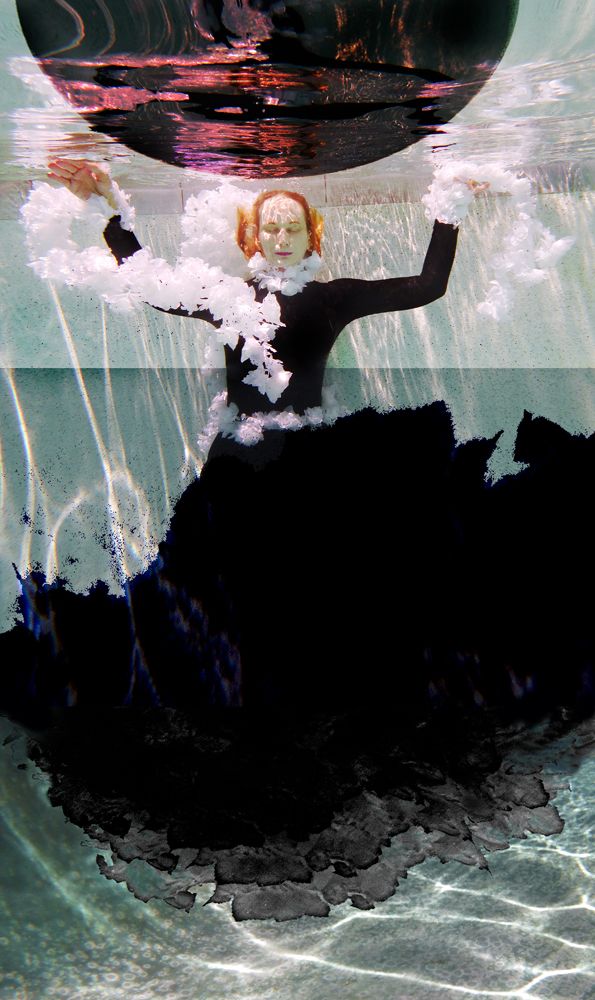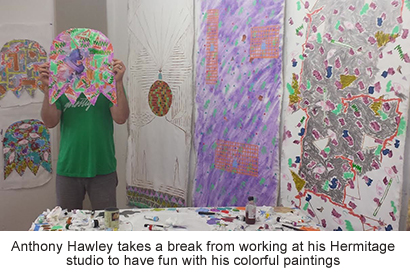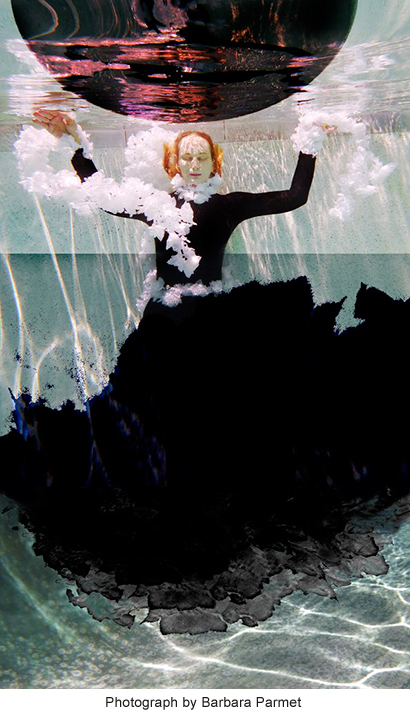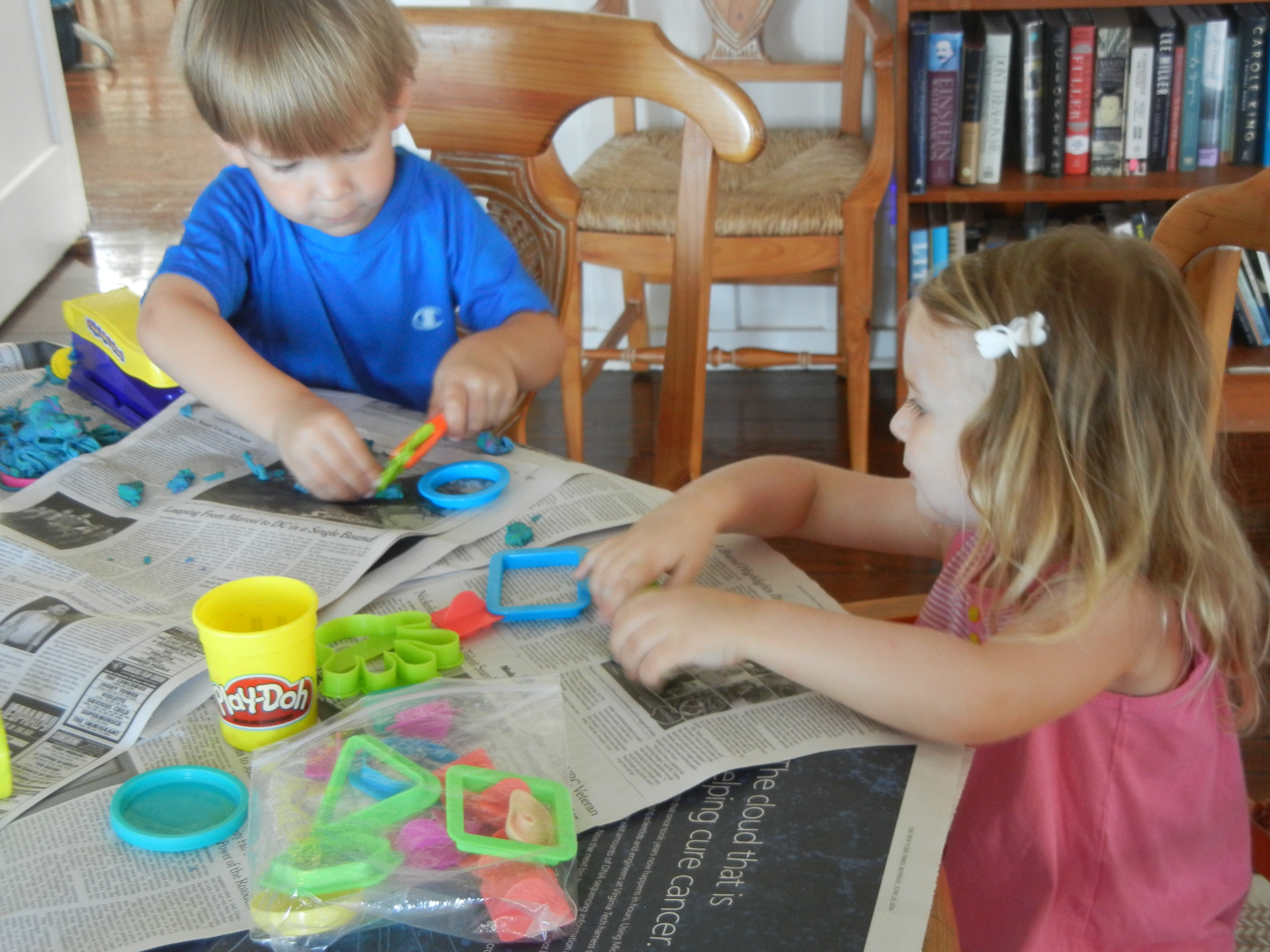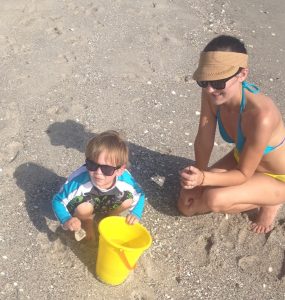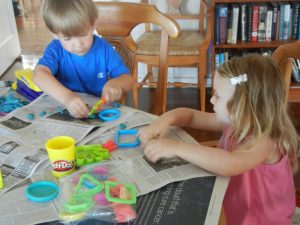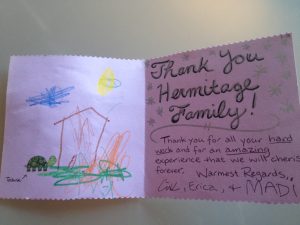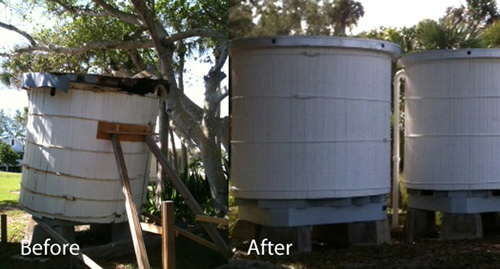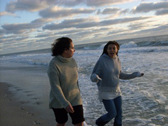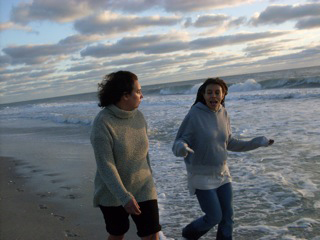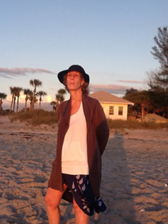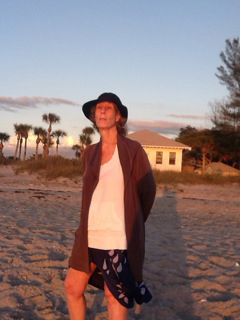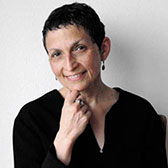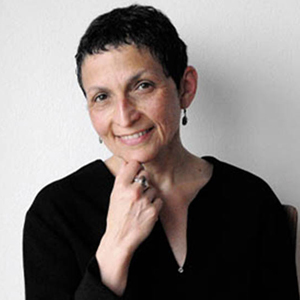Hermitage Trustee Ellen Berman began visiting Sarasota in 2007 and instantly became involved in the Sarasota County arts scene. Her introduction came via the 2007 Ringing International Design Summit. As the founding and very recently retired president of the nonprofit Consumer Energy Council of America, Ellen volunteered to bring in the keynote speaker to that conference and served as co-chair of the event. There she met then Jim Ley and his wife Tamara. They in turn invited Ellen to the Hermitage. After a tour of the campus and a “great chat” with Executive Director Bruce Rodgers, she was hooked. “I just loved what they did.” Within a year she was invited to serve on The Board of Trustees.
Meanwhile Ellen decided to split her time between DC and Sarasota and set down roots here. “It is such a community of interested and involved people and cultural institutions with such a beautiful climate,” says Ellen.
Ellen’s interest in the arts goes beyond the Hermitage. She grew up in Danville, VA and graduated from Barnard College with a major in Russian. As soon as she drew a paycheck she began collecting art and even planned to open her own gallery. But after working in an art gallery, and starting her new career in energy policy, Ellen said she realized that she would not have the time to devote to a gallery of her own. Instead she became a consultant to businesses in the market for art for their offices.
For the past 20 years she’s also been very involved in theater. Along with Jeffrey Richards and Richard Gross, she produced the Tony Award-nominated play “Enchanted April,” and “The Compleat Wrks of Wilm Shkspr (Abridged)”. Her latest project “Operation Epsilon,”” marries her love of arts and science. With the help of Michael Donald Edwards, and the cast of 12 Angry Men, she produced a reading of the play at the Historic Asolo Theatre, as well as readings in New York and an award-winning two month run at the Nora Theatre Company in Cambridge, MA. She is now working on casting this “science play” for a production in New York.
Ellen tries not to miss any of the big Hermitage events and was there at the first Greenfield Prize Dinner. “It was the best event in town. People were so excited and everything was perfect. David Lang’s talk was fantastic.” Ellen believes Hermitage programs like the talks by Hermitage Fellows Nico Muhly and Lera Auerbach, provide “A fantastic opportunity to the public to appreciate what the artist has done.””
“The opportunities that the Hermitage creates are really remarkable and worthwhile, to the artists who create their art and to the public to appreciate what the artist has done. In the case of the Greenfield Prize, it gives the artist the chance to create a new work that is produced locally before it goes national.. It’s what’s rewarding to me as a member of the community and of the Board.”
